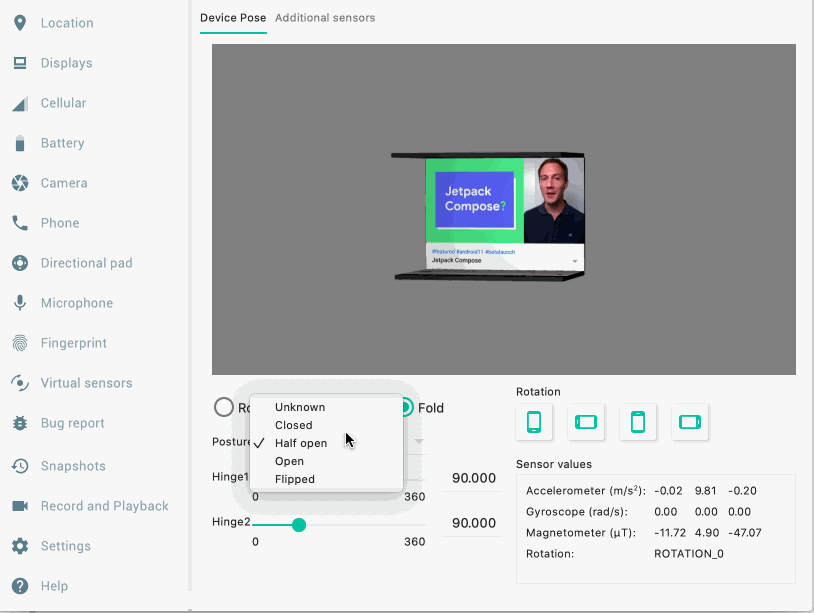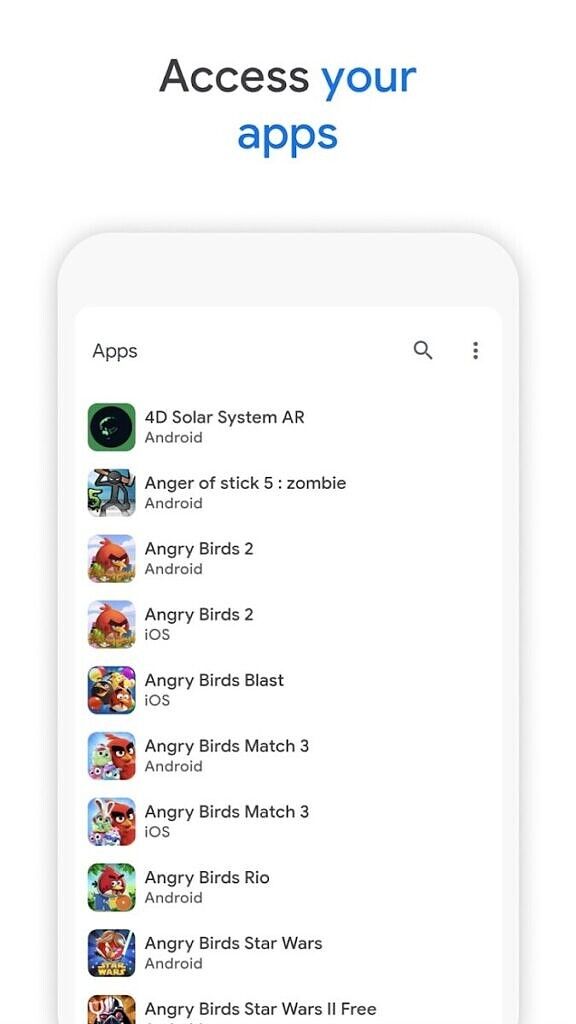Microsoft’s efforts in Android app development haven’t gone unnoticed in the Android community. The company has released and updated many of its applications and services for our favorite platform over the past couple of years. Microsoft Launcher, a home screen launcher replacement with over 10 million installs on the Google Play Store, is definitely one of the most notable ones. A new beta build of the upcoming major v6 update is now available (via AndroidPolice), and it adds a handful of welcome features.
The first and most noticeable new feature is support for landscape mode. To be honest, I rarely ever hold my phone in horizontal mode, but I can see how a lot of people could make use of it. Many major launchers have had landscape mode support for a while. Even’s Google’s default Pixel Launcher lets you rotate the home screen. The changelog also hints that the launcher is now more memory-efficient. Both of these features have been available since the first preview build of Microsoft Launcher v6 from January.

The update also introduces a redesigned Microsoft Feed. For those who aren’t familiar, Feed sits on the minus one pane on your home screen, and it displays information from various Microsoft services. You can check out your schedule or just browse the news. Feed now features a blurred background and more even spacing between cards. You can also create folders in the app drawer and double-tap anywhere to lock the screen. Both of these features have been available since the last preview build.

Microsoft Launcher’s new Microsoft Feed design. Image credits: Kerry Wan/AndroidPolice.
Here’s the full changelog below if you’re interested:
Microsoft Launcher v6 beta changelog
• Support landscape mode
• Updated Microsoft Feed design
• Beautiful Wallpapers
• Improved performance
Fix in this build:
• Add up to 3 rows in Dock
• Organize your App Drawer with folders
• Double tap to lock screen
• Improved app search
• Fixed bugs and crashes
You can try out the new features by opting into the beta program on the Play Store.
Microsoft Launcher (Free, Google Play) →
Update: Microsoft Launcher 6.2 Stable
Microsoft Launcher 6.2.200706 is now rolling out on the Google Play Store, and it brings support for landscape mode and the updated Microsoft Feed design. You can download the stable release from APKMirror.
The post Microsoft Launcher v6 update enables landscape mode and new Feed design appeared first on xda-developers.
from xda-developers https://ift.tt/31dIAqS
via IFTTT






